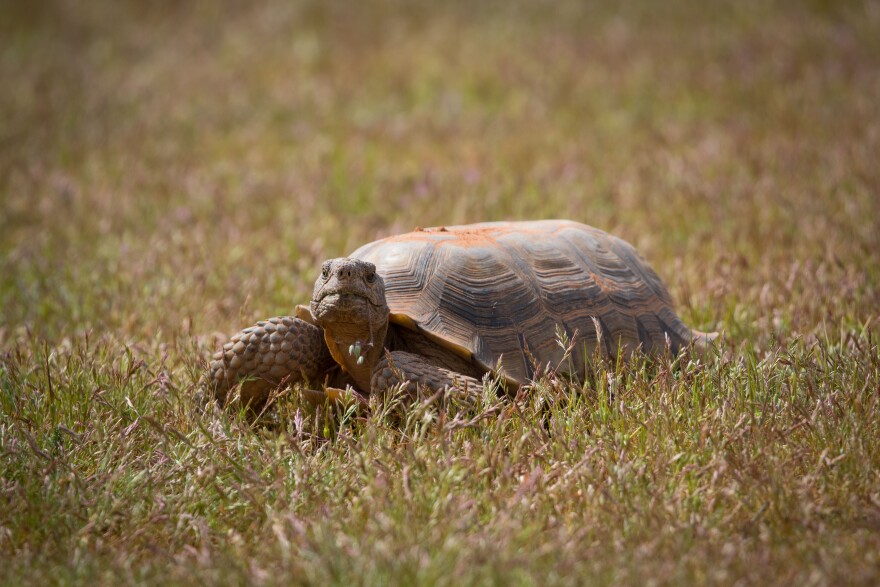A United Nations environmental report released on Monday focusing on global biodiversity shows species throughout the world are declining at a rate faster than any time before in human history.
The comprehensive report estimates that around 1 million plant and animal species are threatened with extinction worldwide, many within decades.
Here in Utah, 43 species of plants and animals are listed as threatened or endangered under the federal Endangered Species Act. They range from the Mexican Spotted Owl, Canada Lynx and Mojave Desert Tortoise to fish like the Humpback Chub and Razorback Sucker. However, they’re also part of an even larger group of 141 species in the state that authorities consider at risk of becoming federally listed for protection.
The UN report lists several factors putting pressure on biodiversity around the world, including changes in land and sea use, hunting and climate change among others. In Utah, several of the biggest forces putting pressure on local biodiversity includes water use, invasive species and fire.
“Being the second driest state in the nation, water was developed without a lot of concern for the environment,” said Chris Keleher, director of the species recovery program at the Utah Department of Natural Resources. “We’re coming in after water rights have been granted and folks have been used to using the water like they have in the past.”
The state now has to find creative ways to secure water for aquatic-dependent species like the Bear Lake Skulpin, Kanab Ambersnail and Western Toad. According to Keleher, the state also has no agency tasked with managing rare plants and insects. The species recovery office does however administer a fund that can be directed towards any species they consider to be at risk.
“It’s a challenge because not having any state agency paying attention to these things in the past, we’re starting at ground zero with some of them,” Keleher said.
In Utah, like the rest of the world, changes in land use is one of the top causes of biodiversity loss. Locally, that comes from the effects of fire and invasive species.
"Because fire plays such a big role here, we’ve got organisms that are adapted to a certain kind of fire regime. If you change it, they’re going to have trouble,” said Peter Adler, professor of Wildland Resources at Utah State University.
The combination of two things have hurt native species, according to Adler: the legacy of forest fire suppression and the arrival of invasive species that are more fire-prone that drive out native species.
“After a century of fire suppression there’s a lot of fuels in those forests. When they do burn now, they burn hotter than they used to,” he said.
The UN report suggests a variety of ways to slow the loss of global biodiversity and ecosystem services —contributions that nature provides to ensure a livable planet for humanity. They include ecosystem-based approaches to fishery management, promoting land use to prevent soil erosion and participation of Indigenous Peoples in governance, among many other suggestions.
Peter Adler points out that unlike many parts of the world, Utah still has many large areas of relatively intact ecosystems, even if the management of those ecosystems is a point of contention for many who live here.
“The fact that we still have some of these intact landscapes is great. It’s great that we can still argue about those things. There are a lot of places in the world where it’s been so altered, so degraded, that there’s not much left to argue about,” he said.



